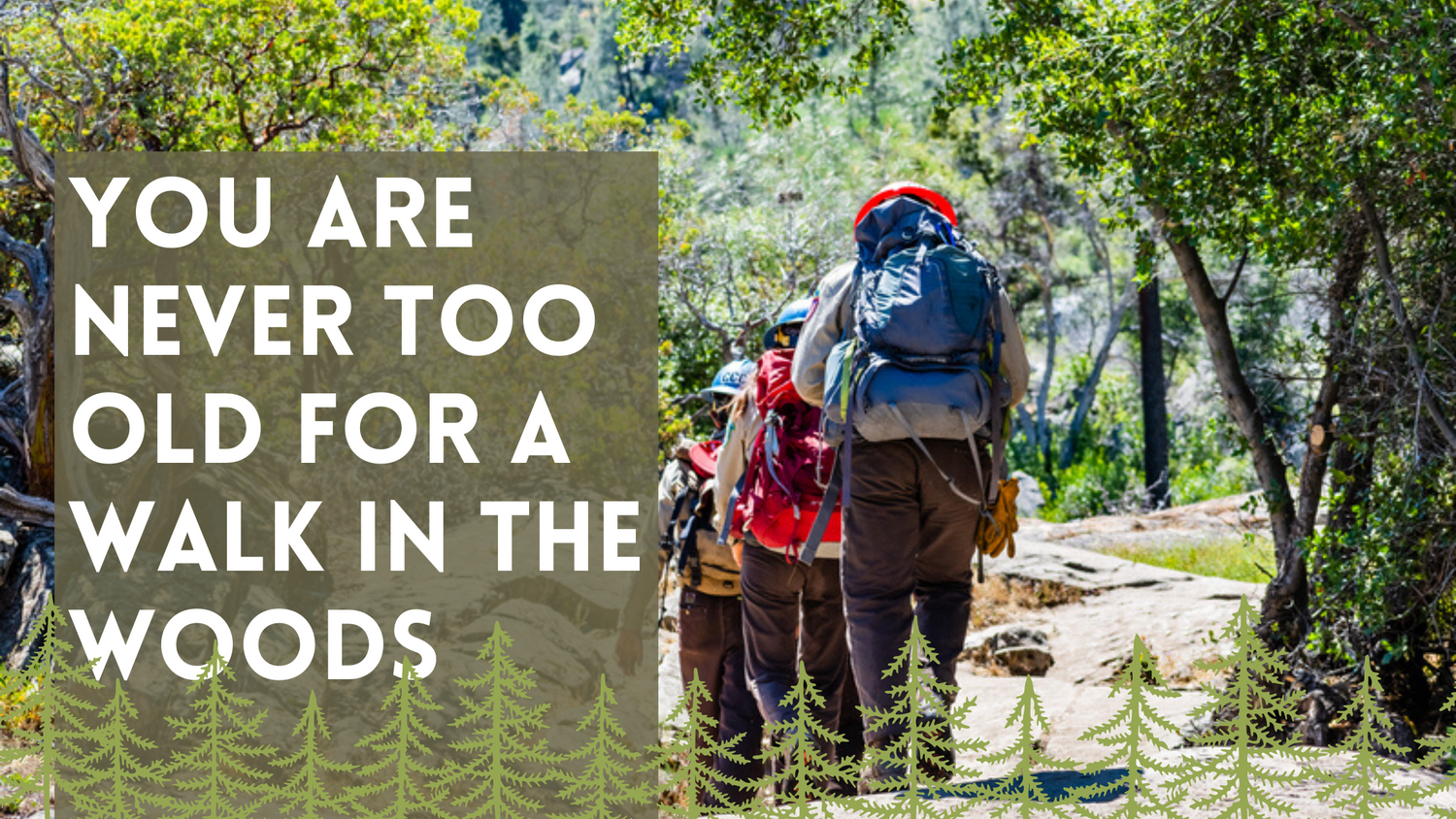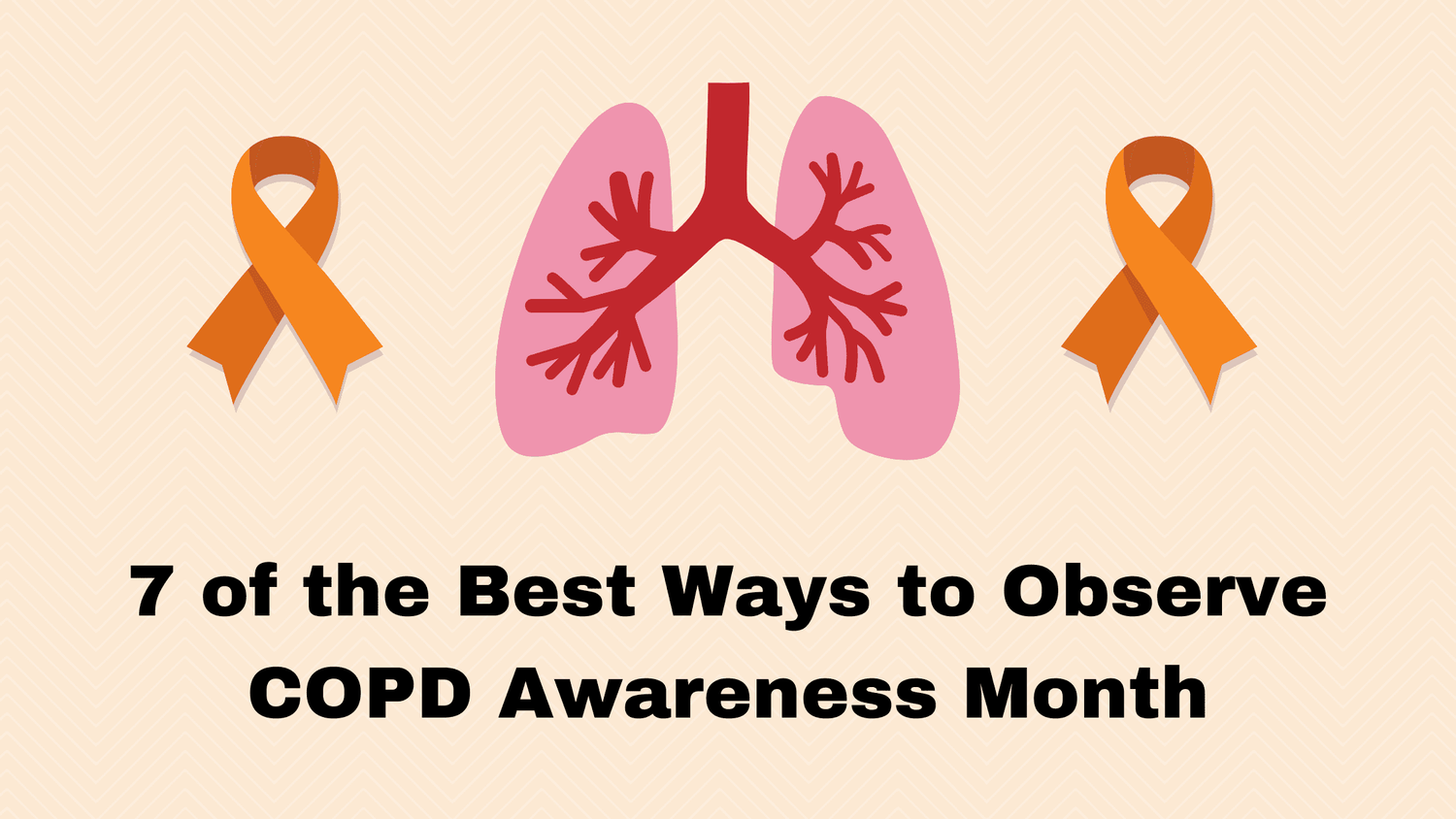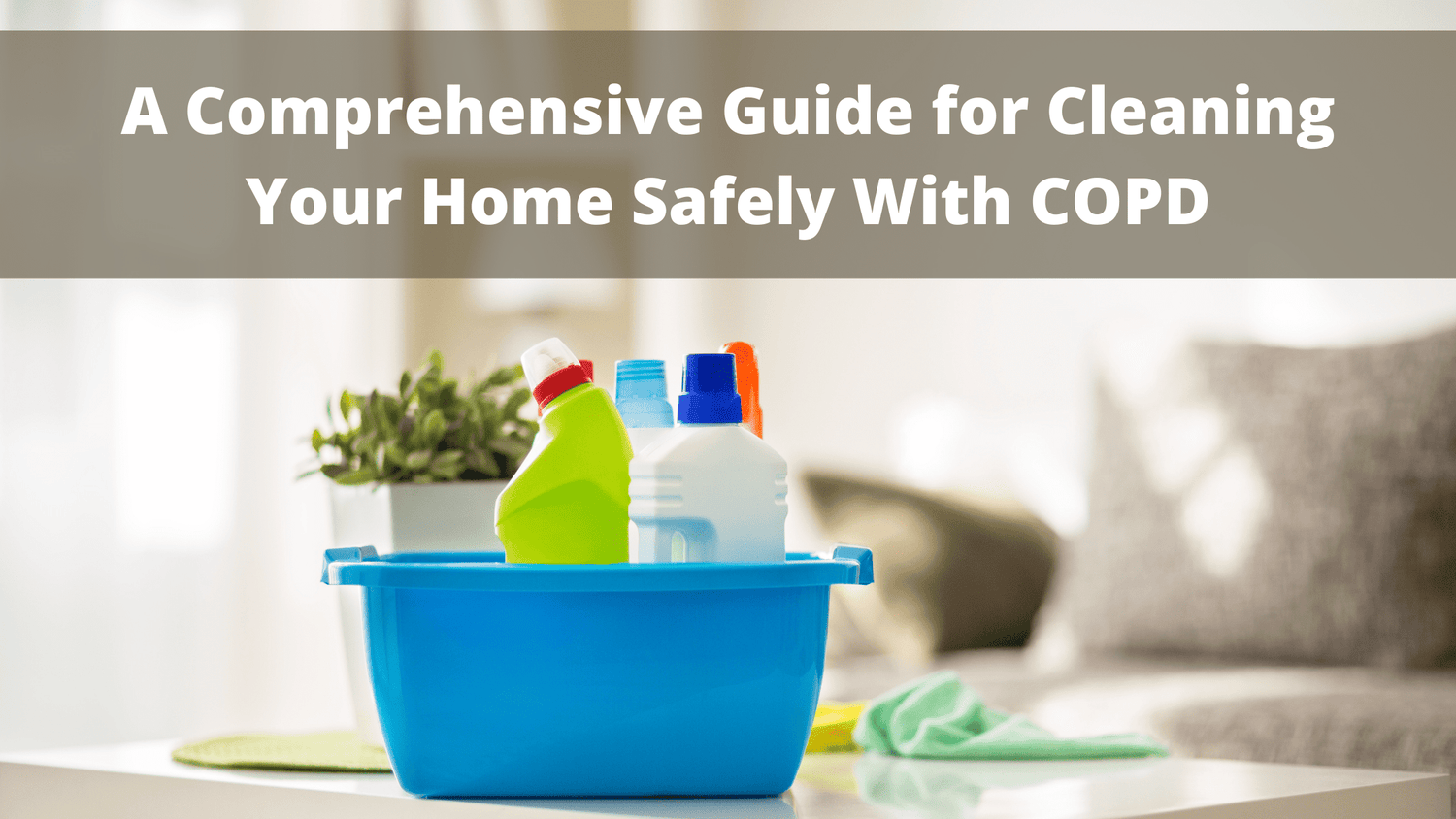Respiratory Resource Center - LPT Medical
7 of the Best Ways to Observe COPD Awareness Month
November is COPD awareness month, a time to come...
Read MoreA Comprehensive Guide for Cleaning Your Home Safely With COPD
The novel coronavirus has completely reshaped the way that...
Read More


